Stylosanthes Hamata Grass – 0.5 Kg Seeds
₹745.00 Original price was: ₹745.00.₹645.00Current price is: ₹645.00.
(MRP Inclusive of all taxes)
- Shipping Rs 100 for entire order
- Dispatch in 8-10 days
- Country of origin: India
Description for Stylosanthes Hamata Grass
Species within the genus have many properties that make them valuable forage species. They are capable of nitrogen fixation and are capable of improving soil fertility in addition to providing high protein stock feed.
The genus is also noted for its ability to extract phosphorus from soils where it is not available to other species. Seeds are hard and long lived leading to high soil seed banks and rapid recovery following fire or heavy grazing.
Planting and care
Plant care may require a bit of effort, but the results are well worth the work. Not all plants are fragrant, but the most common and hardy do produce a sweet, carrying fragrance. Common is a vine and has larger glossy green leaves than Royal. Both can survive in temperate climates if they are planted in a sheltered area.
Caring for Stylosanthes Hamata Grass
- S. hamata seed tends to flow more freely. As a result, an even wider range of-sowing methods can be used. Most seed is distributed either from the air or by ground spreading from fertilizer spinners, in the latter case mixed with a small quantity of fertilizer as a carrier.
- The ideal sowing time is just before the beginning of the next rainy season.
- Watering twice a week is sufficient
- Easily grows in shade.
Typical uses of Stylosanthes Hamata Grass
Special features: Hostas are a mainstay of the shade garden. This medium hosta can be mixed with other perennials in the border or woodland garden, or used as an edging plant, or massed and divided to create a dense ground cover.
Be the first to review “Stylosanthes Hamata Grass – 0.5 Kg Seeds” Cancel reply
Related products
Flowering Plant Seeds (Imported / Hybrid)
Pot Vegetable Seeds
Flowering Plant Seeds (Imported / Hybrid)
Flowering Plant Seeds (Imported / Hybrid)
Lawn Grass Seeds
Flowering Plant Seeds (Imported / Hybrid)
Flowering Plant Seeds (Imported / Hybrid)


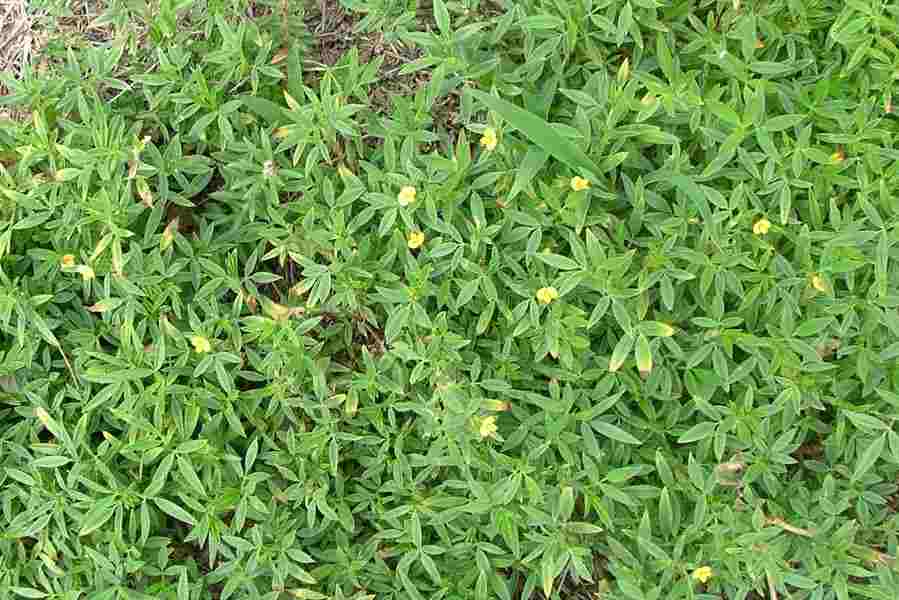
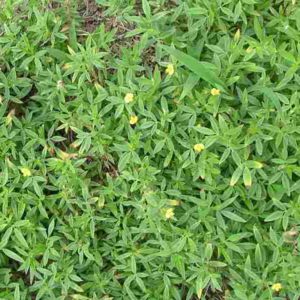
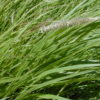

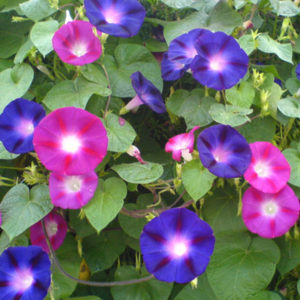
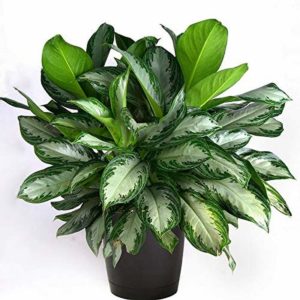
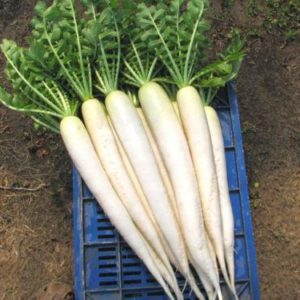


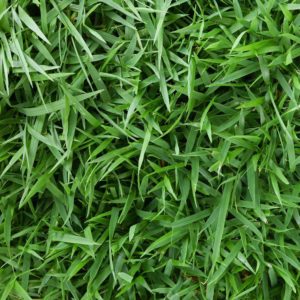
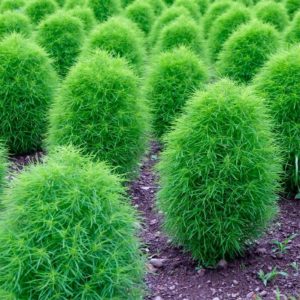
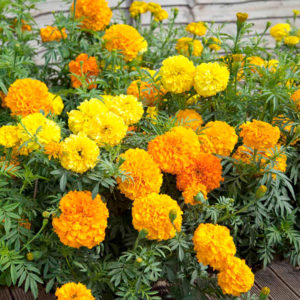
Reviews
There are no reviews yet.